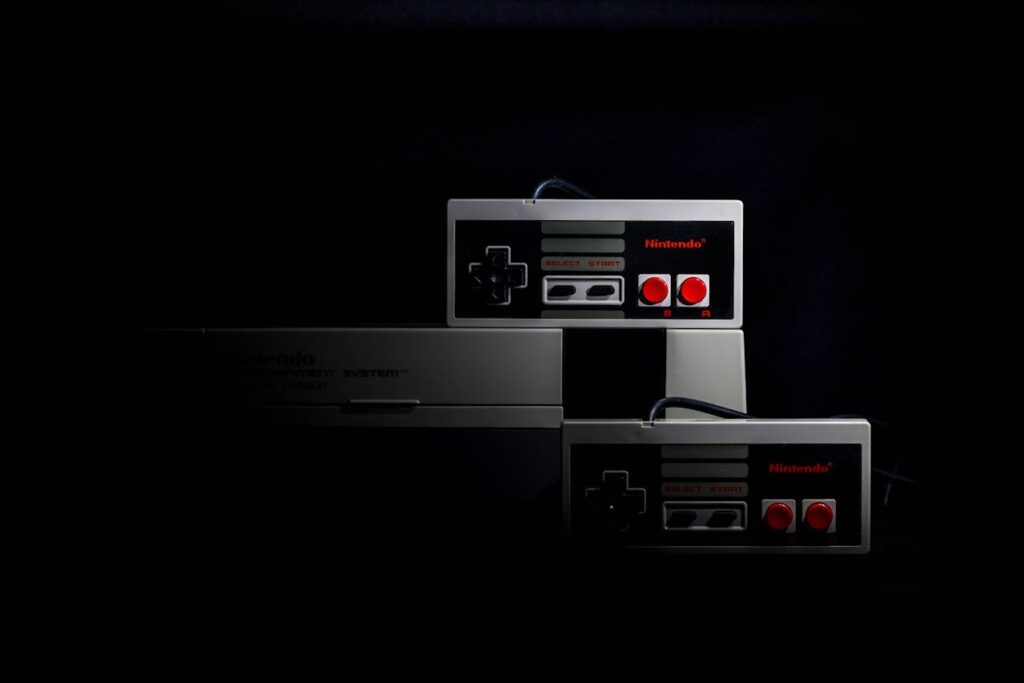In a bold move to bring gaming into the blockchain space, Cardano’s founder, Charles Hoskinson, has set his sights on transforming the platform’s capabilities. After successfully running the classic video game “Doom” on Cardano’s Hydra layer-two (L2) solution, Hoskinson recently hinted at the next big step—a Nintendo emulator on Hydra. This innovative direction, combined with a promising partnership with BitcoinOS, could redefine Cardano’s role in decentralized finance (DeFi) and cross-chain compatibility.

Cardano is redefining blockchain, bringing gaming and DeFi into a seamless, decentralized experience that taps into the future of digital interaction.

1. Hydra Heads: Taking Cardano’s Blockchain Beyond Finance
Hydra, Cardano’s L2 solution, plays a key role in optimizing Cardano’s transaction efficiency by handling processes off-chain. Through “Hydra Heads”—essentially parallel state channels—Hydra supports faster interactions without clogging up the main Cardano chain. This setup allows for high-speed, secure transactions and facilitates new, interactive blockchain applications.
Recently, Hoskinson revealed that developers have successfully run the iconic game “Doom” on Hydra. This was more than just a nostalgic trip; it was a demonstration of Hydra’s potential. Each move a player makes in the game—walking, shooting, or simply looking around—is logged as a transaction, verified through smart contracts on Hydra. This success has inspired Hoskinson to go a step further by creating a Nintendo emulator on Hydra, allowing for games from the Nintendo and Super Nintendo eras to be played securely and interactively on the blockchain.
This concept taps into the speed-running community, a passionate group of gamers dedicated to completing games as quickly as possible. Speedrunning has gained massive popularity on platforms like YouTube and Twitch, with Speedrun.com hosting over 2 million recorded runs across thousands of games. Integrating these retro gaming capabilities with Cardano’s blockchain could attract a whole new audience, showcasing blockchain’s versatility beyond traditional finance.
2. Cardano’s New Partnership with BitcoinOS: Opening the DeFi Gates
In addition to enhancing Cardano’s gaming capabilities, Hoskinson recently announced a partnership between Cardano and BitcoinOS (BOS), an advanced smart contract operating system for Bitcoin. BOS aims to make Bitcoin interoperable with other blockchains, unlocking new cross-chain potential for Cardano. By joining forces with BOS, Cardano’s DeFi ecosystem gains access to Bitcoin’s vast $1.3 trillion liquidity pool through the Grail bridge, allowing Cardano users to interact with Bitcoin’s assets in a secure, trustless manner.
The BOS partnership empowers Cardano users and developers to tap into Bitcoin’s liquidity, expanding the DeFi capabilities on Cardano. This move could bring greater flexibility to developers building decentralized apps (dApps) on Cardano, enabling cross-chain functionality with the world’s largest cryptocurrency network. With this collaboration, Cardano not only secures Bitcoin compatibility but also positions itself as a major player in blockchain interoperability, opening the door to exciting DeFi applications.
3. Gaming and Cross-Chain Interactions: A New Era for Cardano’s Ecosystem
The ability to play Nintendo games on Hydra and to seamlessly engage with Bitcoin through BOS signifies a turning point for Cardano. These developments hint at a future where Cardano becomes a multifaceted platform, supporting everything from DeFi to interactive gaming experiences. For instance, developers could create blockchain-based game applications or host multiplayer experiences with in-game actions verified by smart contracts.
Integrating gaming into Cardano’s ecosystem is a strategic move, especially given the growing interest in blockchain gaming. Blockchain-based games not only offer entertainment but also bring added benefits like ownership of in-game assets, provable scarcity, and a secure, decentralized environment. The community around retro games and speed-running could find a new home on Cardano, where they can play, compete, and even create tokenized versions of their favorite games.
On the DeFi front, Cardano’s collaboration with BitcoinOS is a win for developers and users looking to access Bitcoin’s vast liquidity. This partnership can make it easier for Cardano users to lend, borrow, or trade using Bitcoin assets without having to leave the Cardano network. As blockchain projects continue to prioritize interoperability, Cardano’s step toward bridging with Bitcoin could be a significant advantage in attracting DeFi users.

Final Thoughts
Cardano is clearly aiming to expand beyond its traditional blockchain role by embracing gaming and cross-chain DeFi. Hydra’s gaming capabilities and Cardano’s partnership with BitcoinOS not only position Cardano as a versatile platform but also showcase the creative potential of blockchain technology. By integrating gaming and interoperability, Cardano is likely to appeal to a broader audience, from gamers and developers to crypto enthusiasts.
Whether these moves will have a lasting impact remains to be seen, but Hoskinson’s vision for Cardano as a decentralized, multifunctional ecosystem is ambitious and intriguing. As blockchain technology matures, innovations like Hydra and the BitcoinOS partnership illustrate how versatile and adaptive platforms like Cardano can be, pushing the boundaries of what blockchain can achieve.





